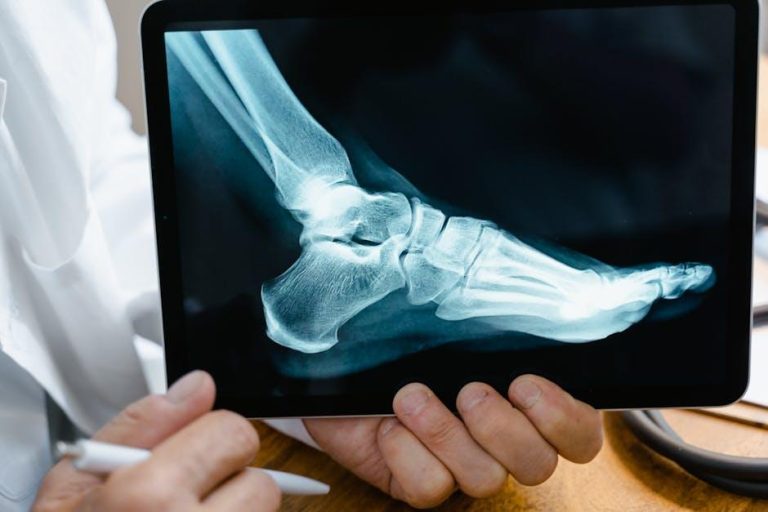Welcome to the dazzling world of digital health innovations, where every app promises to cure what your last four doctors couldn’t fix and every gadget vows to make healthcare as easy as ordering pizza. as clearly, what the healthcare system really needs is another shiny tech toy, right? While millions are left navigating labyrinthine clinics and wrestling with insurance nightmares, Silicon Valley gurus are busy declaring that a smartphone can bridge the ever-present gap in healthcare access. So, grab your popcorn and prepare for a no-BS romp thru the latest tech-driven “solutions” that claim to revolutionize healthcare—whether they’re actually bridging gaps or just adding more layers to the chaos is another story. Let’s cut through the hype and see if these digital miracles are the heroes we desperately need or just another overhyped detour on the road to real accessibility.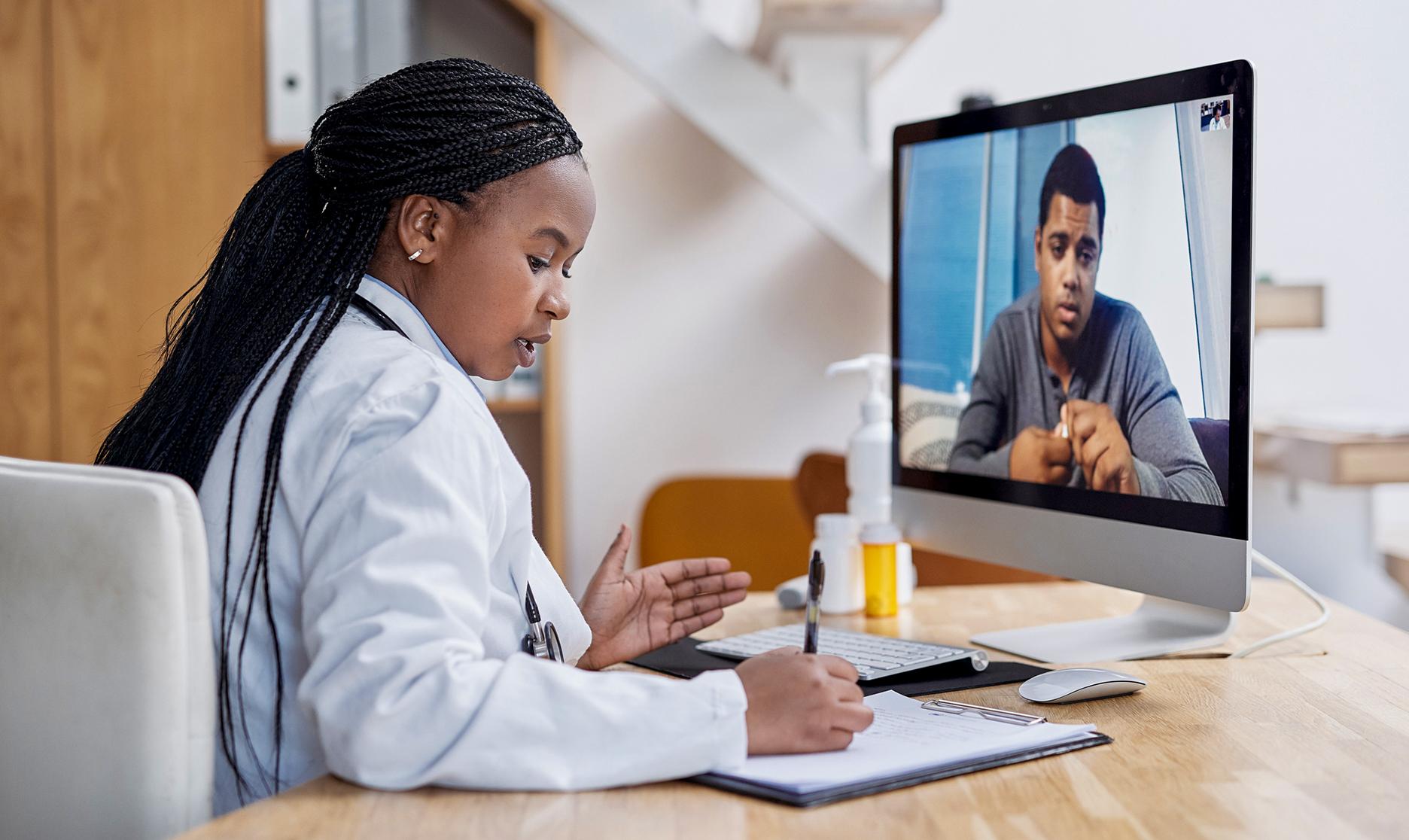
Telehealth Triumphs Because Waiting Rooms Are So Last Century
Say goodbye to those soul-sucking hours spent in fluorescent-lit purgatory, where magazines from 2005 collect dust and the only thing catching up is your patience.With telehealth, you can skip the sardine can experience and consult your doctor from the comfort of your own throne—er, home. No more awkward small talk with strangers whose main hobby seems to be shifting nervously in their seats while you pretend to be interested in the latest gossip about waiting room decor.
Here’s why jumping on the telehealth bandwagon is the smartest move sence sliced bread:
- Time Saver: No more wasting hours in transit or navigating the labyrinth of hospital corridors.
- Comfort: Attend appointments in your PJs without the fear of judgment for that questionable laundry decision.
- Accessibility: Get expert advice without needing a sherpa to climb the mountain of healthcare facilities.
- Efficiency: Streamlined consultations mean you get back to life faster,without the dreaded paper trail.
| Old school | Telehealth |
|---|---|
| Endless waiting | Instant access |
| Awkward silences | Direct communication |
| Parking nightmares | Zero commute |
| Outdated magazines | Up-to-date digital resources |
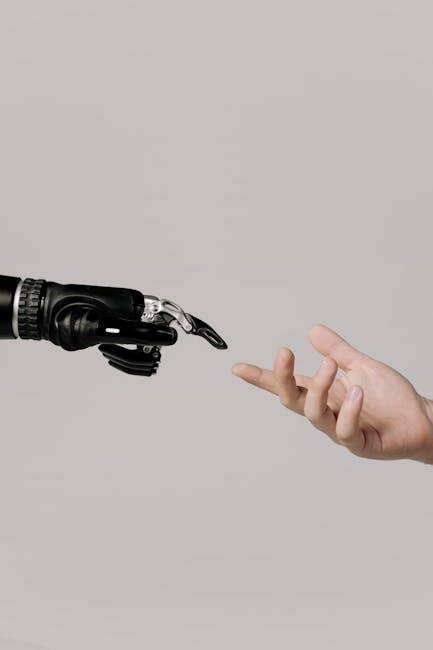
AI Doctors: Let’s Trust Algorithms More Than Actual Medical Professionals
Sure, because nothing says *personal touch* like getting your diagnosis from a line of code. Who needs years of medical training when you’ve got algorithms that never sleep, eat, or take coffee breaks? Let’s face it, human doctors are so last century. Why rely on empathy, intuition, and experience when you can have cold, calculating data crunchers? After all, what could possibly go wrong when your health is in the hands of something that can’t even understand sarcasm.
Here’s why AI Doctors are the future we never asked for:
- 24/7 Availability: Because your symptoms don’t follow office hours.
- Consistency: No more “I was tired today” excuses for misdiagnoses.
- Data-driven Decisions: Who needs gut feelings when you have spreadsheets?
| Feature | AI Doctor | Human Doctor |
|---|---|---|
| empathy | Optional Software Update | Actually Cares |
| Availability | Always On | Vacation Included |
| Error Handling | Calculates Probability of Mistakes | Oops… |
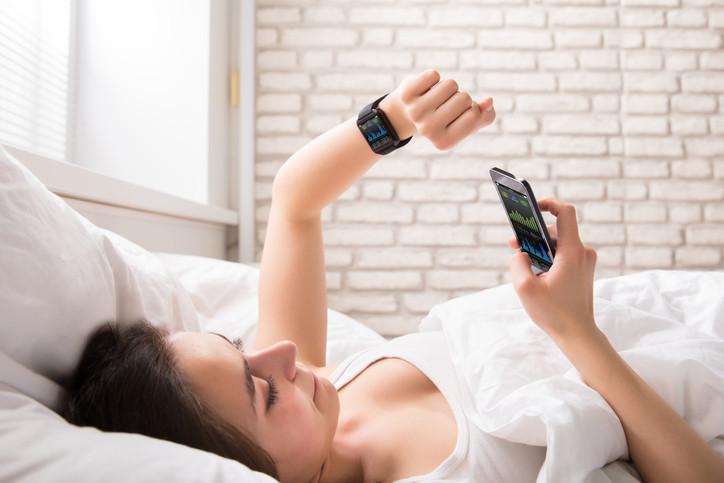
<a href="https://mindfulmint.org/2024/06/28/optimizing-your-mental-and-financial-health-with-smartwatches/” title=”Optimizing Your Mental and Financial Health with Smartwatches”>wearables everywhere Forget Traditional Healthcare, Get a Gadget
who needs flaky doctors when your wrist knows everything? Say goodbye to endless waiting rooms and vague diagnoses. With the latest gadgets, you can track your heart rate, monitor your sleep, and even tell if you’re binge-watching one too many shows. it’s like having a personal health guru strapped to your arm—without the judgmental eyebrow raises.
Why stick with outdated healthcare when you can have:
- Instant insights: Your device tells you what’s wrong before you even realize it.
- 24/7 monitoring: Because who needs privacy when your gadget’s always watching?
- Stylish accessories: a health tool that looks good with your outfit.
Check out how gadgets stack up against traditional methods:
| feature | Wearables | Traditional Healthcare |
|---|---|---|
| Convenience | on your wrist 24/7 | Biased by office hours |
| Cost | One-time purchase | Endless bills |
| Privacy | Your data, your rules | Confusing paperwork |
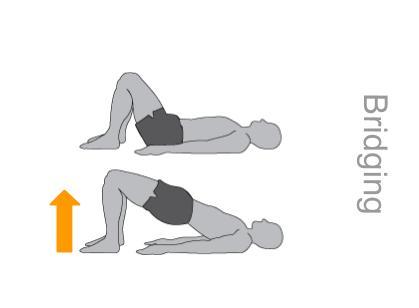
Bridging the Digital Divide If you Can Actually Use technology
Alright, let’s cut through the nonsense. Bridging the digital divide isn’t just about handing over the latest gadgets and hoping for the best. It requires actual skills and a bit of common sense. Here’s what needs to happen:
- Accessible Training: Because apparently, not everyone grew up knowing how to swipe left.
- Affordable Devices: Not everyone can drop a fortune on the latest smartphone.
- Reliable Internet: shockingly, Wi-Fi isn’t everywhere.
Now, if you think just throwing technology at healthcare problems will solve everything, think again. Here’s a reality check:
| Expectation | Reality |
|---|---|
| Instant Access | Buffering screens and connectivity issues |
| Worldwide Usability | Grandma still can’t navigate the app |
| Seamless Integration | Compatibility nightmares |
If you think technology alone is the silver bullet, you’re in for a rude awakening. It takes more than gadgets; it requires commitment, understanding, and a bit of patience from everyone involved.
Q&A
Q1: So, digital health innovations are supposed to save the day? How is that even possible?
A1: Oh, absolutely. As what the world really needed was more apps telling us how unhealthy we are while we sit on the couch. Telemedicine lets you wait an eternity in a virtual waiting room, AI diagnostics ensure your health is just a data point, and wearables nag you like that one friend who won’t stop reminding you to move. It’s like giving healthcare a caffeine boost—super effective if you’re into jittery solutions.
Q2: Telemedicine sounds convenient,but isn’t it just a fancy way for doctors to avoid real human interaction?
A2: You nailed it. Why bother with the awkward small talk and comforting handshakes when you can have a doctor judge your Wi-Fi speed? Telemedicine bridges the gap by turning heartfelt consultations into pixelated glitches. Perfect for those who prefer diagnosing themselves in pajama bottoms while avoiding any semblance of personal connection.
Q3: wearable tech is everywhere now. Are these gadgets actually helping or just making us track our steps to nowhere?
A3: Oh, they’re fantastic! Because nothing screams improved healthcare like obsessive step counting and heart rate monitoring.Wearables bridge the gap by turning you into a glorified Fitbit, obsessing over metrics that make you question your entire existence. Who needs peace of mind when you can stress over data all day?
Q4: What about AI in diagnostics? Will robots really know better than doctors?
A4: Absolutely, why have human empathy and nuanced understanding when you can have cold, calculating algorithms? AI diagnostics bridge the gap by replacing seasoned professionals with machines that can’t offer a comforting word when you need it most. It’s like getting a lecture from your toaster—efficient but not exactly comforting.
Q5: Digital health platforms promise to make healthcare more accessible. Is that just lip service?
A5: Spot on.Accessible as long as you have the latest smartphone and a PhD in app navigation. These platforms bridge the gap by making healthcare a digital treasure hunt, where only the tech-savvy find the actual help they need. Because who doesn’t love jumping through endless hoops just to book an appointment?
Q6: Is there any hope that digital health innovations will actually fix the healthcare divide?
A6: Hope springs eternal, doesn’t it? While digital innovations have the potential to improve access, they often end up widening the divide for those who can’t keep up with the tech hype. It’s like giving everyone a smartphone and forgetting that not everyone knows how to use one. Bridging the gap? More like stretching it with digital spaghetti.
Q7: Can traditional healthcare providers keep up with these digital changes, or are we all doomed to digital chaos?
A7: Traditional providers are juggling chainsaws blindfolded to keep up with digital changes. Bridging the gap requires integrating shiny new tools without causing a full-blown meltdown, wich is about as likely as teaching your grandma to tweet without a meltdown. So, yeah, digital chaos is pretty much the plot twist we’re living for.
Q8: What’s the next big thing in digital health supposed to do, besides making us more dependent on technology?
A8: Next big thing? Probably implanting microchips that remind you to breathe or turning your fridge into a health advisor. Digital health is all about ensuring you’re perpetually connected and slightly paranoid about your well-being. Bridging the gap by making sure you can’t escape technology, even when you’re just trying to grab a snack.
Q9: How secure is all this health data floating around in the digital ether?
A9: Super secure, if your idea of security is a leaky faucet. Health data is the new gold rush,with cyber pirates eagerly waiting to swipe your sensitive info.Digital health bridges the gap by making sure your most personal details are just a hack away from public knowledge. because nothing says “trustworthy” like potential data breaches.
Q10: Are there any actual success stories where digital health innovations have genuinely improved healthcare access?
A10: Sure, there are a few unicorns in the tech pasture. While many digital health innovations miss the mark or create new problems, some have actually helped bridge gaps—like providing remote consultations in underserved areas. But let’s not get ahead of ourselves; let’s keep celebrating the glitches and data dumps while these rare successes quietly do their thing.
There you have it—a no-BS rundown of digital health innovations, complete with all the sarcasm and borderline rudeness you didn’t know you needed. Because if we can’t laugh at the chaos, we might just cry.
final Thoughts
So there you have it—another episode in the never-ending saga of tech trying to play doctor. Digital health innovations promise to bridge the gaping holes in healthcare access, and sure, they might actually work better than your last online dating disaster. From apps that diagnose your hiccups to wearables that track your every sneeze, it’s like having a medical team in your pocket, minus the awkward small talk. But let’s not get too excited; as long as these gadgets don’t start telling us to “just breathe” when we’re dying, we might just survive this digital healthcare revolution. So strap in, embrace the madness, and remember: if your smartwatch starts demanding a consultation fee, it’s probably time to unplug. Cheers to a future where healthcare is as accessible as cat memes—as honestly, who doesn’t need more of those?


